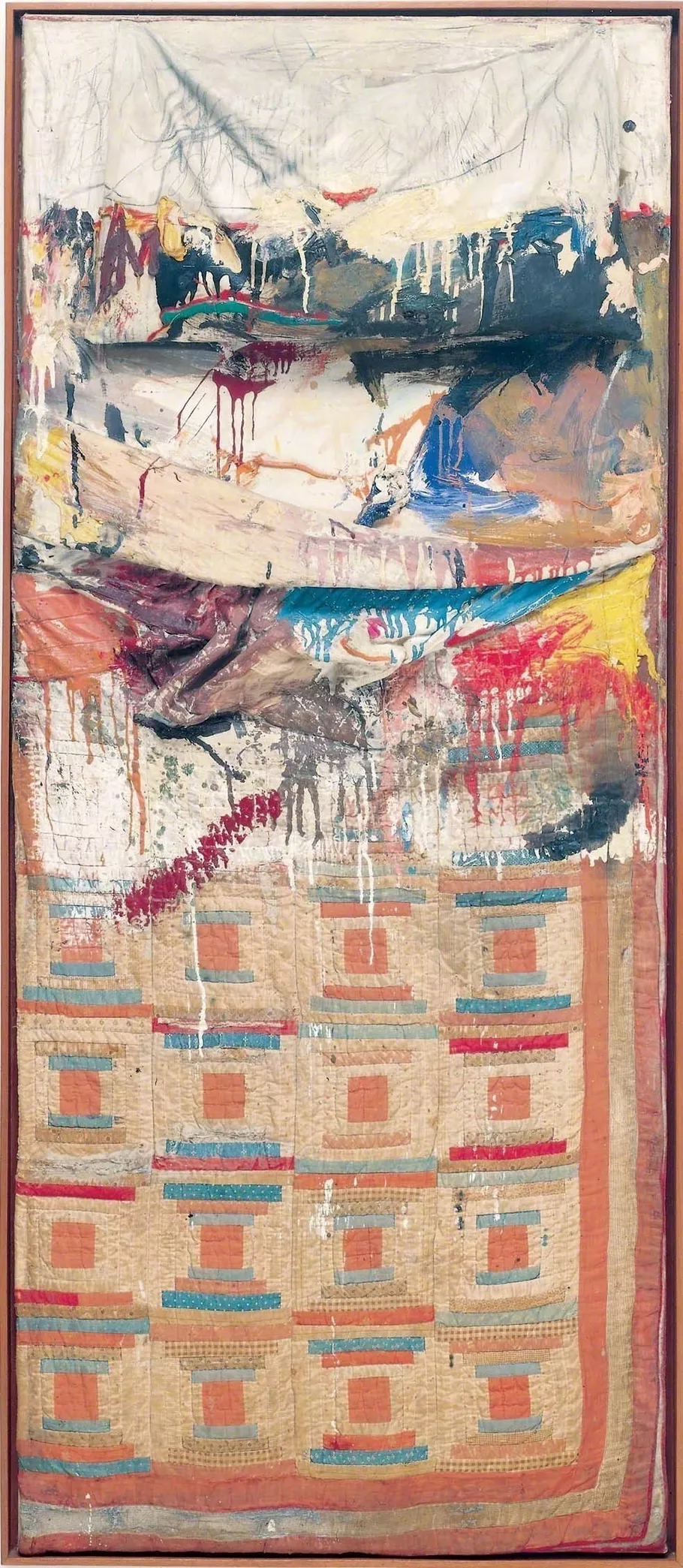Robert Rauschenberg, a trailblazer in the world of art, made a lasting impact on the landscape through his unconventional and boundary pushing creations. One of his works is Bed, an intriguing piece that challenges conventional notions of art and encourages viewers to reconsider the limits of creativity. In this exploration, we delve into Rauschenberg’s life and career, the inspiration behind Bed and its significant influence on the art community.
Who was Robert Rauschenberg?
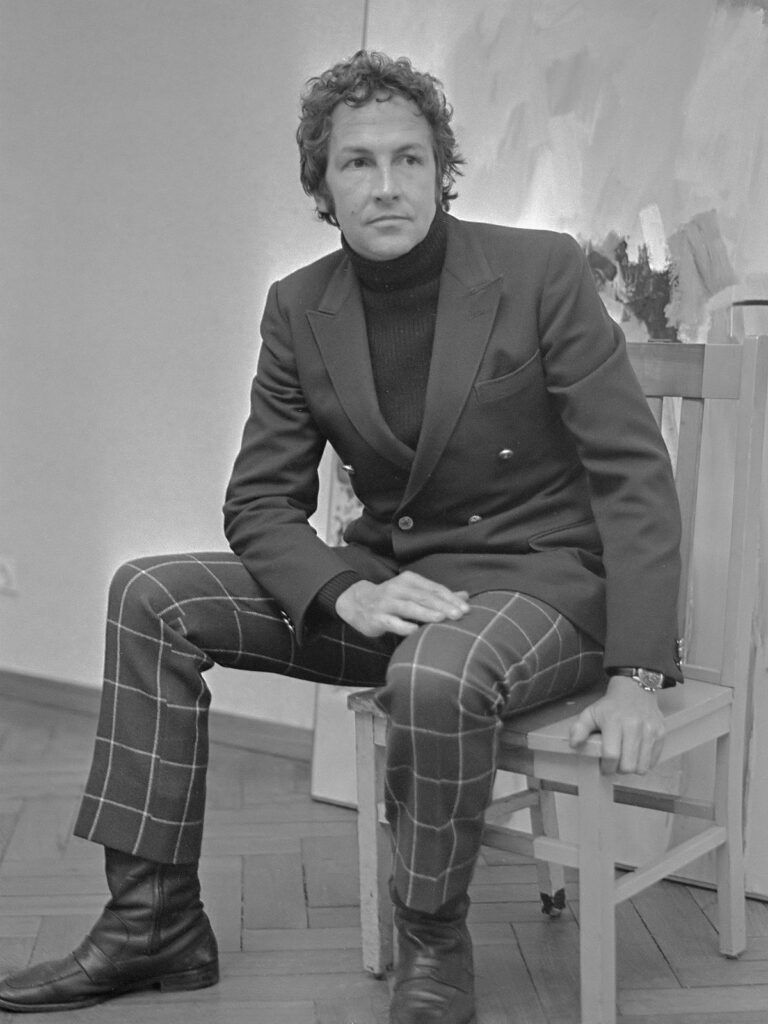
Born in Texas in 1925, Robert Rauschenberg was an innovator. From an early age, he showed a passion for drawing and painting leading him to pursue art education at the Kansas City Art Institute and later at the Académie Julian in Paris. However it was his move to New York City in the 1950s that propelled him into the forefront of the art scene. In New York’s environment, Rauschenberg found himself surrounded by like minded artists, including his close friend Jasper Johns with whom he collaborated and exchanged ideas.
FUN FACT: Robert Rauschenberg was known for his innovative use of materials in his artworks. One of his most famous pieces, “Erased de Kooning Drawing,” involved him erasing a drawing by Willem de Kooning, which challenged traditional notions of authorship and sparked debate within the art world.
His Career
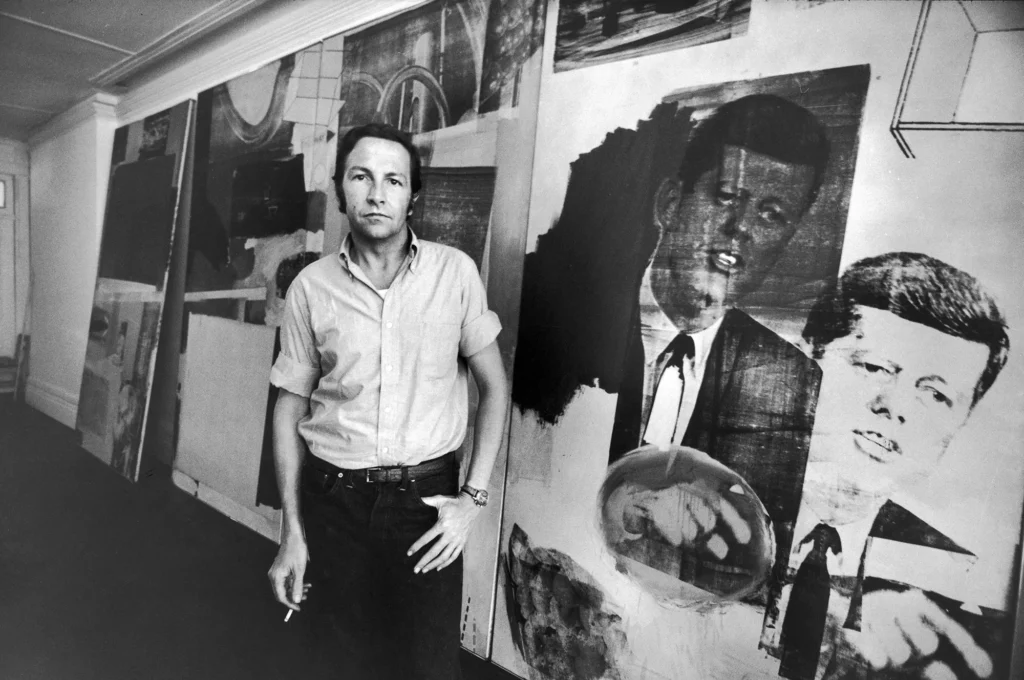
Rauschenberg’s artistic career was characterized by a commitment to experimentation and innovation. Rejecting the limitations of art forms, he embraced a range of materials and techniques including painting, sculpture, printmaking and performance art. His innovative approach pushed the boundaries of art itself blurring the distinction between painting and sculpture while incorporating elements into his creations.
What’s Happening in Bed?

| Artist | Robert Rauschenberg |
| Date Created | 1955 |
| Medium | Mixed media (includes pillow, sheet, and quilt) |
| Genre | Assemblage, conceptual art |
| Period | Contemporary |
| Dimensions | 191 x 101.6 cm (75 1/4 x 40 in) |
| Series/Versions | Unique piece |
| Where is it housed? | Museum of Modern Art (MoMA), New York City |
Bed, crafted in 1955 stands as a testament to Rauschenberg’s imagination and willingness to challenge norms. At glance it may seem like a simple bed mounted vertically on a wall. However upon examination it reveals itself as an assembled composition of found objects and painted surfaces.
The bed, with its sheets, untidy pillows and patchwork quilt emanates an aura of intimacy.Rauschenberg has transformed this object into a captivating artwork by infusing it with layers of meaning and symbolism. The sheets and pillows adorned with strokes and abstract patterns blur the lines between painting and sculpture. Urging viewers to reconsider their notions about artistic expression.
Analysis of Bed
Bed is a thought provoking exploration of the connection between art and life. It encourages viewers to confront their ideas of beauty and significance, inviting them to engage with the artwork on a personal level. Rauschenberg’s use of objects and his innovative approach to materials anticipated the emergence of assemblage and conceptual art movements influencing generations of artists.
Fascinating Details about Bed
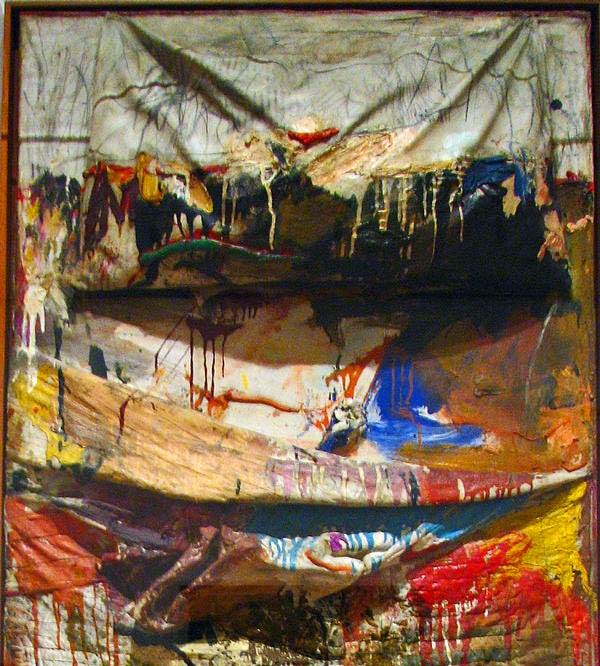
Although Bed may appear straightforward at glance it actually required months of work by Rauschenberg. Each element was carefully painted to achieve the desired effect showcasing his attention to detail.
Including a bed within an artwork was a departure from traditional artistic practices. Rauschenberg’s bold decision challenged notions of what could be considered art pushing the boundaries of expression.
Some art historians interpret Bed as a reflection of Rauschenberg’s encounters with poverty and transience. By bringing the object of a bed into the realm of art, he addresses issues surrounding social inequality and the fragile nature of human existence.
Rauschenberg’s use of recycled materials in his artwork Bed foreshadowed a growing focus on sustainability and environmental awareness within practices. His innovative approach to materials remains a source of inspiration for artists seeking ways to connect with their surroundings.
Artwork Spotlight: Horsefeathers 13-XI
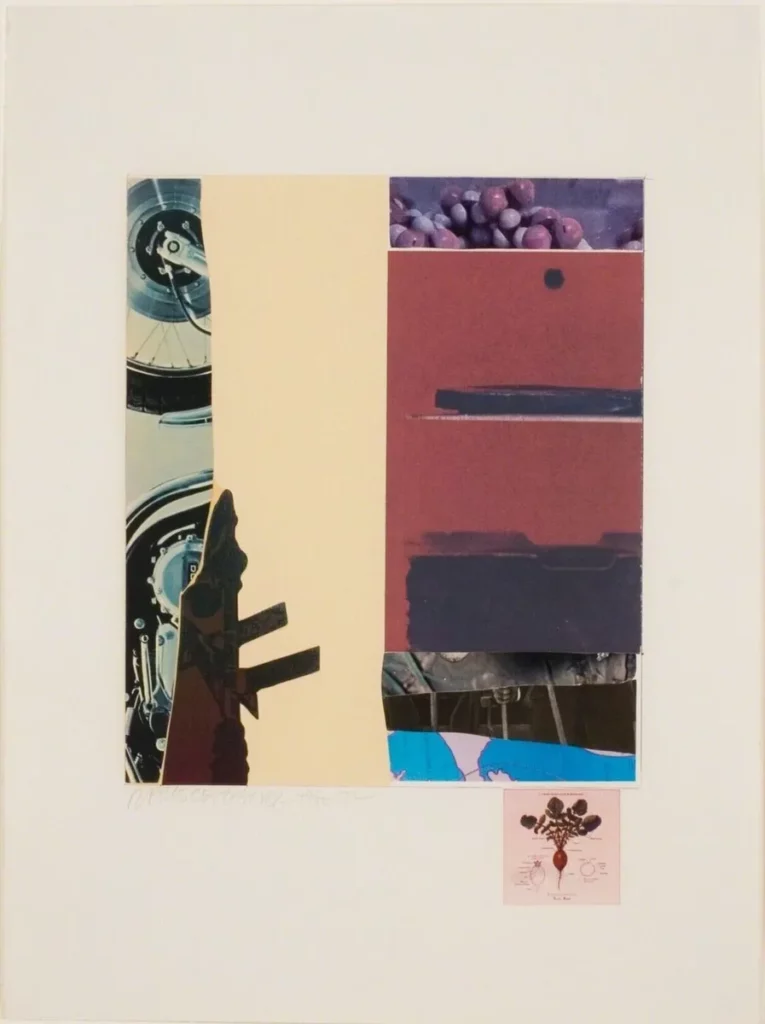
“Horsefeathers 13-XI” by Robert Rauschenberg serves as an illustration of his eclectic method that involves a combination of found objects and images to conjure up a vivid storyline. This art piece reflects Rauschenberg’s innovative thinking and his interest in the relationship of art to everyday life.
Frequently Asked Questions
What was Robert Rauschenberg known for?
Rauschenberg gained popularity in 1954 with his Combines series of paintings, which blurred the lines between painting and sculpture by using common objects as mediums.
What technique did Robert Rauschenberg use?
During a 1952 trip to Cuba, Rauschenberg conducted his initial experiments with the transfer technique (Untitled [Mirror], 1952). This approach combines hand-drawn strokes with ready-made texts and images from glossy magazines and newspapers.
Conclusion
As we contemplate the allure of Bed we are reminded that art has potential to provoke contemplation, evoke emotions and transcend everyday experiences. Rauschenberg’s legacy continues to motivate artists and art enthusiasts urging us to venture into territories and redefine the boundaries of creativity.







